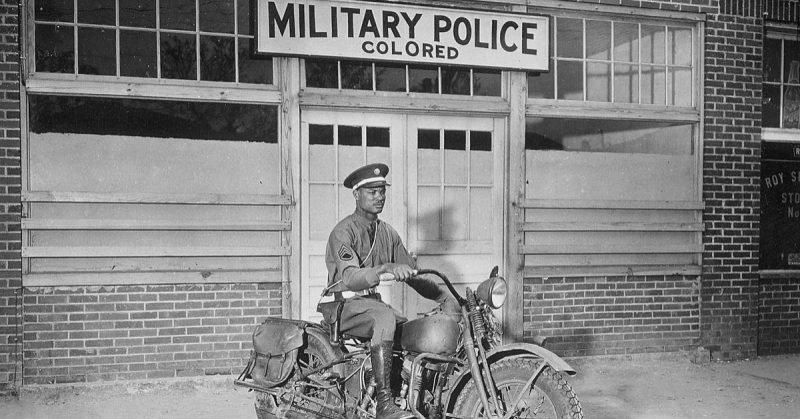Other American GIs were assaulted randomly throughout the night as well. The Red Cross Club was again under siege.
Official reports vary and the U.S. and the Australian governments heavily censored the event, but for two days in 1942 thousands of Australians and Americans were involved in massive street brawls that left hundreds injured, many severely, with at least one death.
“Overpaid, Oversexed, and Over Here”
Following Japanese attacks throughout the Pacific including the bombing of mainland Australia and a Japanese offensive against Port Moresby, the U.S. sent hundreds of thousands of troops to Australia.
General MacArthur, given overall command of Allied forces in the Pacific, soon set his headquarters in Brisbane, Australia. The city of roughly 330,000 people was then inundated with the arrival of 80,000 American soldiers and sailors.
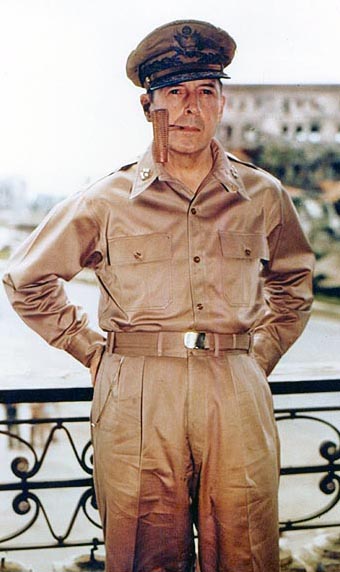
During World War II, over a million U.S. servicemen would pass through Australia. Naturally, the “Yanks” were initially welcomed but soon a number of factors would lead to tensions and eventually incite a giant brawl on the streets of Brisbane and other locations throughout “Oz.”
One of the main points of conflict between the Americans and their Australian hosts and comrades was the disparity of pay. The typical U.S. enlisted man had a minimum salary of $50 a month—a fortune in comparison to their Australian counterparts that earned as little as 3 pounds a month.
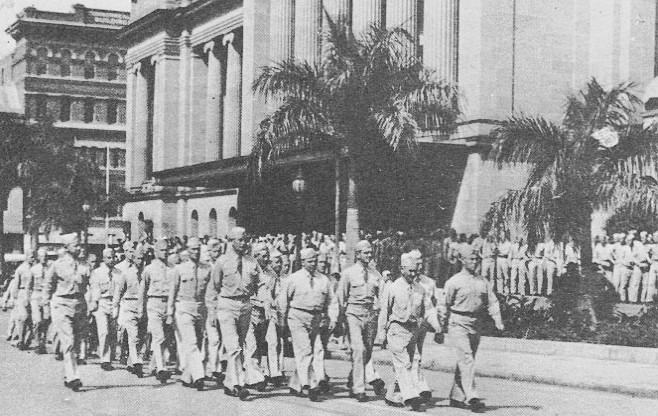
Additionally, American soldiers had access to a wide variety of goods through the PX, canteens, and other venues. An American soldier could not only afford to buy items like wine, chocolate, ice cream, and silk stockings, but he could also get such luxuries through the military stores or in care packages from home.
This allowed American soldiers to woo the local Australian women with gifts and take them out for a night on the town, which certainly drew the ire of Australian soldiers and civilian men. Japanese propaganda pounced on the topic, decrying the poor fate of the Australian soldiers engaged in fighting to defend Port Moresby and other locations while American soldiers were back in Australia stealing their wives and girlfriends.
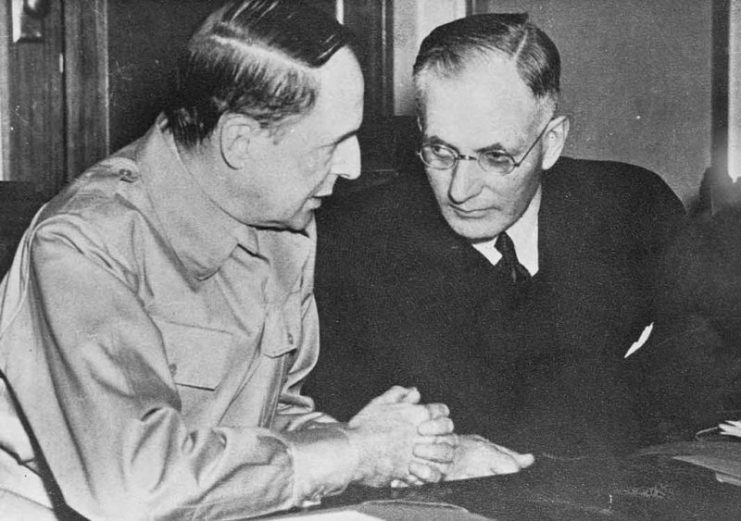
A local reporter in Brisbane took to the streets and counted the interactions between women and servicemen. In his account, 152 women were seen with 112 U.S. servicemen compared to 31 women with 60 Australian servicemen.
Adding to the mix was the apparent arrogance of General MacArthur, who was severely critical of Australian military leaders and even removed popular Australian General Sir Sydney Rowell from command despite Rowell’s success in halting the Japanese offensive against Port Moresby in September of 1942.
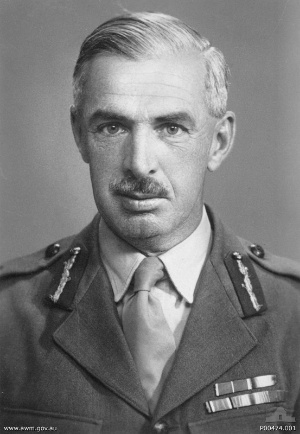
A Few Beers, an MP, and a Fuse
Several small incidents led up to the Battle of Brisbane on November 26-27 of 1942. The level of severity of these incidents is widely speculated on since many of the events were censored heavily by both governments, including censorship of the servicemen’s letters to their families back in the States.
Nightly fistfights occurred in Brisbane. Reports of shootings and deaths, and an incident between U.S. submariners, Shore Patrol, and a mob of Australians already had tensions high. The stabbing of Australians by a U.S. soldier was also rumored.
What is clear, or at least officially reported, is that a couple of Australian soldiers were having a laugh with an American outside a local hotel. All of them had been drinking and the American was getting a good “ribbing” by the Aussies.
An American military policeman (MP) approached the group and insisted on seeing the American soldier’s leave papers. When the GI was slow in finding his papers, the MP got belligerent and started to arrest him.
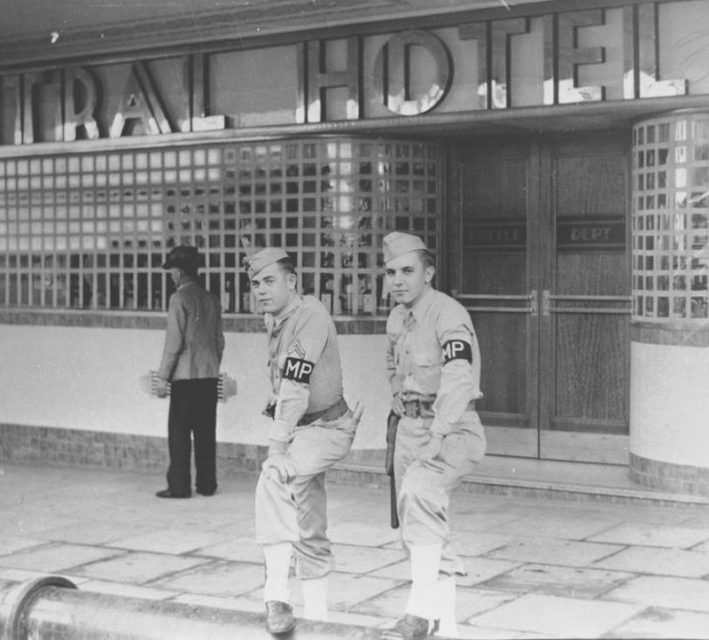
Ironically, the Australians berated the MP in defense of the U.S. GI. The MP pulled his baton and one of the Aussies punched him in the face. Other MPs rushed to the defense of their guy while hundreds of Australians joined in to defend their guys.
Outnumbered, the MPs retreated to the PX. As the crowd of locals gathered, they began throwing rocks and bottles at the MPs and the windows of the PX. The PX came under siege from the crowd, as did the American Red Cross Club located across the street.
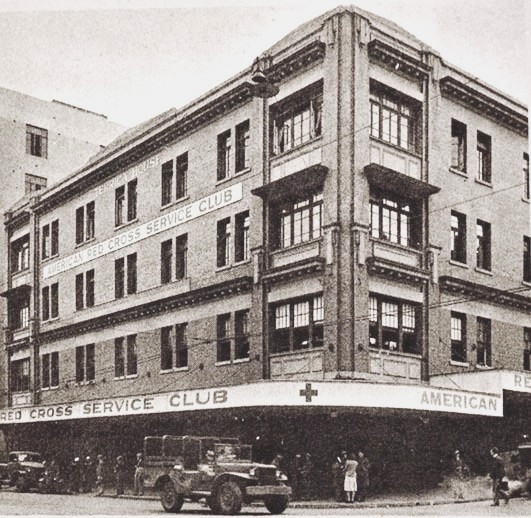
Local police could do nothing to settle the crowd and by evening the disturbance had grown to over 5,000 people. Even Australian MPs joined the mob and while the local fire department was called, they didn’t open up their hoses on the crowd.
The American MPs were reinforced and armed with shotguns in order to protect the PX from looting and they formed up in front of the building and the crowd. At one point Australians attempted to disarm one of the MPs and he fired three shots.
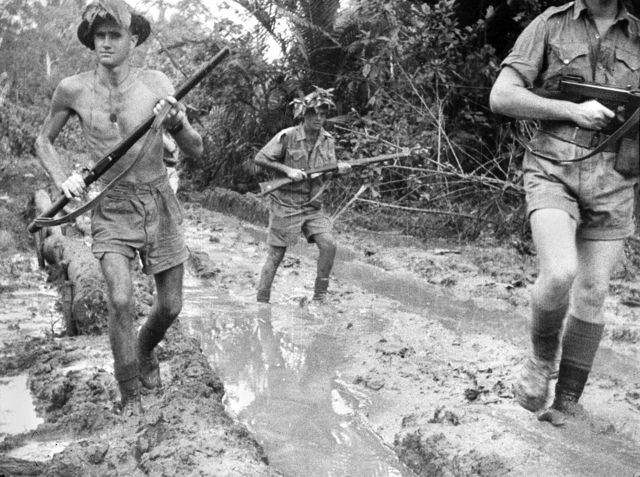
The first blast killed an Australian soldier, Edward Webster, instantly. More than half a dozen others were injured from the second two shots. More acts of violence occurred following the incident, but the mob dispersed about 10 PM that night.
Rumors spread the next day about the severity of the incident and more riots and violence began by evening. Gangs of Aussies assaulted many U.S. servicemen seen with Australian women.
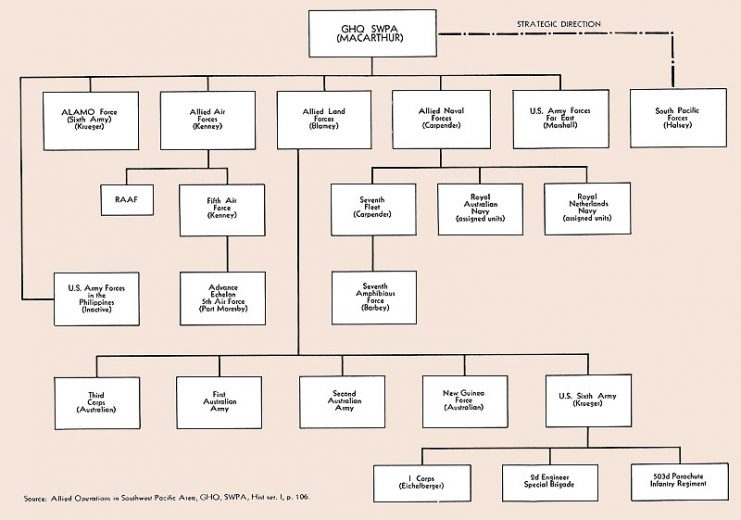
Other American GIs were assaulted randomly throughout the night as well. The Red Cross Club was again under siege before the crowd moved on to MacArthur’s headquarters, where they continued to voice their anger before dispersing around midnight.
Aftermath
Officially, reports stated that about 20 U.S. servicemen were hospitalized and hundreds injured. Nearly as many Australians were injured including those wounded by the shotgun blasts and the one death (Edward Webster). However, many local accounts have the death toll much higher.
The American MP, Private Norbert Grant, was court-martialed for manslaughter. However, he was cleared of the charges on the basis of self-defense.
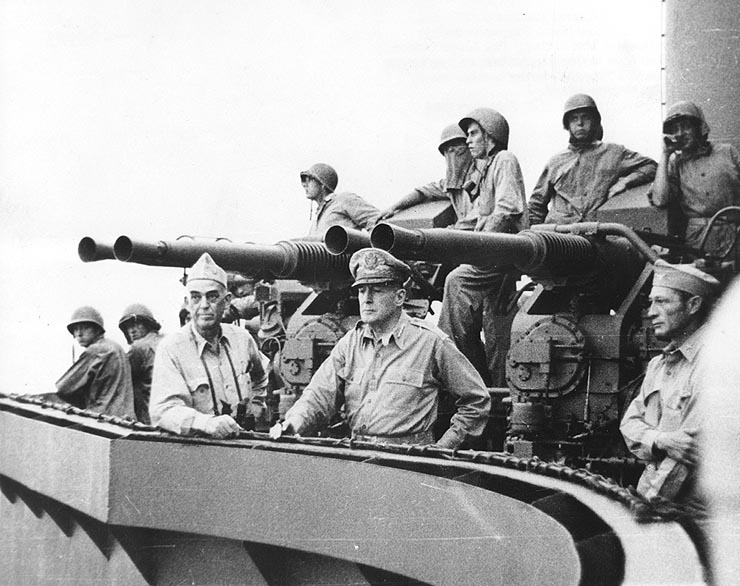
The two-day incident was barely reported in the U.S. and the Chief Censor in Brisbane issued this statement to the press: “No cabling or broadcasting of tonight’s Brisbane servicemen’s riot. Background for censors only: one Australian killed, six wounded.”
Read another story from us: The Inexplicable Controversial Life of General Douglas MacArthur
Some local correspondents, including Margaret Scott who was assaulted along with her American husband, cited several instances of U.S. GIs being beaten to death by angry groups of Australians.
War correspondent John Hinde stated, “The most furious battle I ever saw during the war was that night in Brisbane. It was like a civil war.”
